Beat the Heat for Real: A No-Nonsense Guide to Staying Safe When It Sizzles
I’ve spent years working in places where heat isn’t just uncomfortable—it’s a serious risk you have to manage every single day. From humid East Coast forests to the bone-dry heat of the Southwest, I’ve seen what happens when people underestimate the sun. I’ll never forget a call about a young hiker on a sticky summer day. He was in great shape and had water, but he didn’t get the difference between dry heat and the heavy, humid air he was in. His sweat wasn’t evaporating, it was just drenching him, and his body was cooking from the inside out. We found him confused and weak with heat exhaustion. He got lucky.
In this article
That experience, and plenty of others like it, hammered home a crucial lesson: managing heat is a skill, not just common sense. This isn’t just about a few quick tips. It’s about building a solid framework for keeping yourself and your family safe when the thermometer climbs.

First, Let’s Talk About How Your Body Stays Cool
To outsmart the heat, you have to respect how your body fights it. Your body is constantly working to keep its core temperature right around that 98.6°F (37°C) mark. Think of it like a built-in thermostat with two main cooling tools.
The first is pretty simple: your blood vessels near the skin widen, a process called vasodilation. This rushes more hot blood to the surface, letting heat radiate away into the air. It’s why you get flushed when you’re hot. Simple and effective.
But the real workhorse is sweating. As your sweat evaporates off your skin, it pulls a ton of heat away with it. This evaporative cooling is your body’s superstar defense against overheating. It’s brilliant, but it has one massive flaw… it only works if the sweat can actually evaporate.
Why Humidity is the Real Enemy
This is the part that trips a lot of people up. A 95-degree day in a dry desert city feels worlds apart from a 95-degree day in a steamy, coastal town. The culprit is humidity—the amount of moisture already in the air.

In a dry climate, the air is thirsty, so your sweat evaporates instantly. It cools you down so efficiently you might not even realize how much water you’re losing. (Heads up: this makes it incredibly easy to get dehydrated without feeling sweaty.)
Now, in a humid climate, the air is already soggy. Your sweat has nowhere to go. It just sits on your skin, and your body’s main cooling system grinds to a halt. You keep sweating buckets, losing water and essential salts, but you get almost no cooling benefit. This is why the “feels like” temperature, or heat index, is so critical. It combines temperature and humidity to tell you how much stress the heat is really putting on your body.
Keeping Your Home a Cool Sanctuary
Your home should be your refuge from the heat, but it can turn into an oven real fast, especially if you’re trying to save on that summer electricity bill. Here’s how to manage your space like a pro, no AC required.

Passive Cooling: The Smart, No-Power Method
This is all about preventing heat from getting in and letting it out intelligently.
- Master Your Windows: The biggest source of heat gain is sunlight pouring through glass. Keep blinds and curtains closed during the hottest parts of the day, especially on east-facing windows in the morning and west-facing ones in the afternoon. I once installed a simple reflective window film on a big west-facing window in my own house. A roll cost about $25 online, and it took me less than an hour to put up. The result? I measured a 15-degree drop on the inside wall surface. A huge win for a tiny investment.
- Use Strategic Ventilation: Remember, heat rises. At night, once the outside air is cooler than the inside, create a natural chimney. Open windows on the lower level on the shady side of your house, and then open windows on the top floor on the opposite side. This pulls cool air in down low and pushes hot air out up high. I did this for years in a two-story place, and it would easily drop the indoor temperature by 10 degrees overnight.
- Mind Your Appliances: Ovens, clothes dryers, and even the dry cycle on your dishwasher generate a surprising amount of heat. Try to run them in the early morning or late evening when it’s coolest.
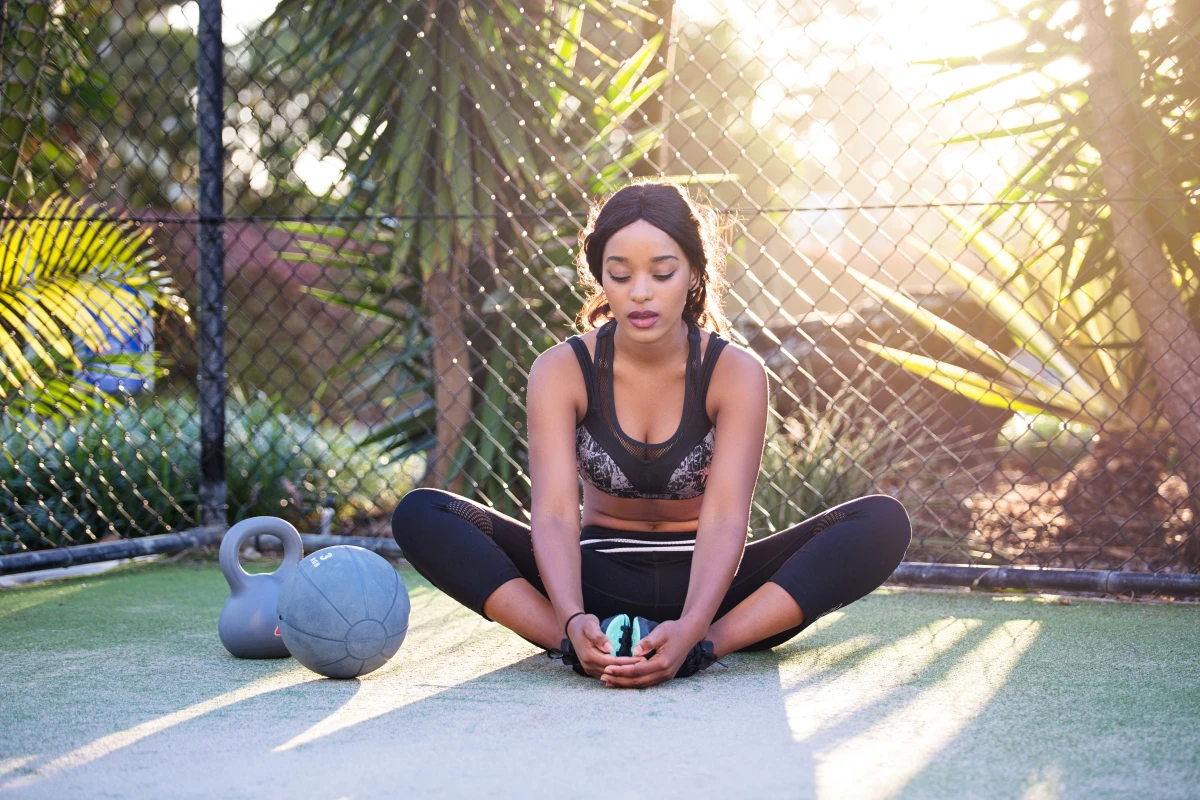
Active Cooling (When You Need a Little Extra Help)
If passive methods aren’t cutting it, a few tricks can make a real difference.
- Fan Smarter, Not Harder: A fan moves air; it doesn’t cool it. The breeze helps evaporate sweat from your skin, which is what actually cools you. So, make sure you’re in the fan’s path! Set ceiling fans to rotate counter-clockwise in the summer to push air down. A box fan facing out in a window is great for pushing hot air out of a room. Pro tip: The old bowl-of-ice-in-front-of-a-fan trick? It provides a tiny bit of localized cooling, but honestly, it’s not powerful enough to cool a whole room.
- A Note on Evaporative Coolers: In dry climates, these “swamp coolers” are amazing. They pull air through a water-soaked pad and can cool a space using way less energy than an AC. But here’s a serious warning: they MUST be maintained. I’ve seen cases where poorly cleaned units grew mold and made people sick. They also add humidity to the air, so they are completely useless and will make things worse in already humid regions.
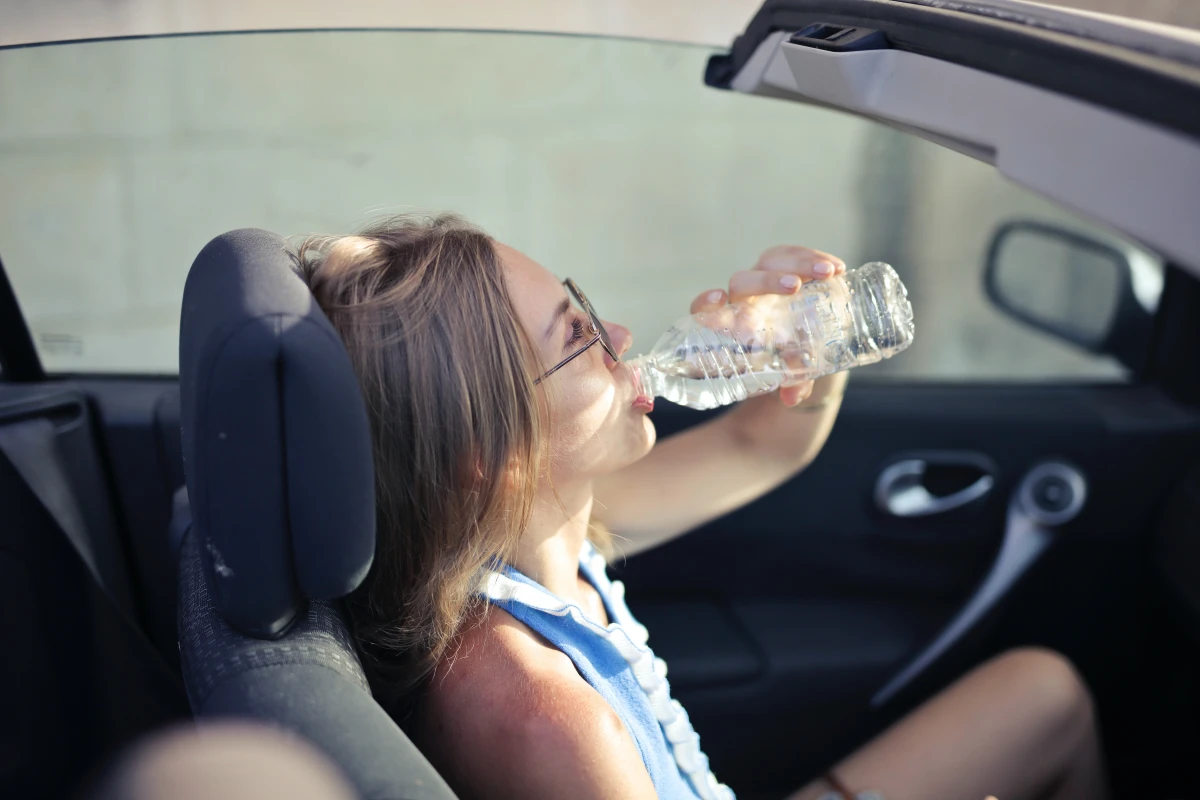
What to Wear When You’re Out and About
Okay, let’s get down to what you should be wearing. The old advice to wear “light-colored, lightweight” clothes is a good start, but it’s not the whole story.
Why Your Cotton T-Shirt Is a Trap
The material itself is what truly matters. Cotton is a classic choice, but for activity in the heat, it can be a liability. It absorbs sweat like a sponge and holds it against your skin, killing any chance of evaporative cooling. A sweat-soaked cotton shirt is not your friend.
What the Pros Wear Instead
For any real activity, the experts rely on two main options. Modern synthetics (like polyester or nylon blends) are engineered to pull moisture away from your skin and spread it across the fabric’s surface so it can evaporate quickly. Alternatively, fine merino wool is a natural wonder; it wicks moisture away while still feeling dry to the touch. Many of these performance fabrics also come with a UPF (Ultraviolet Protection Factor) rating, which is basically sunscreen built into your clothes. I personally live in a UPF 50 long-sleeved synthetic shirt for any extended time outside. It keeps the sun off and handles sweat way better than cotton ever could.

A Real Strategy for Hydration
“Drink plenty of water” isn’t a plan; it’s a hope. A real strategy is deliberate.
- Pre-Hydrate: Start drinking well before you even head out. I always tell people to drink about 16 ounces of water an hour before starting any serious activity in the heat.
- Drink on a Schedule: Don’t wait until you’re thirsty. Thirst is a lagging indicator; by the time you feel it, you’re already dehydrated. For moderate activity, a good baseline is to sip about 8 ounces every 20 minutes.
- Don’t Forget Electrolytes: When you sweat, you lose vital salts like sodium and potassium. For any activity over an hour, water alone isn’t enough. Many sports drinks work, but check the labels—they can be loaded with sugar. For a cheaper and healthier option, you can make your own. Quick tip: To a 32-ounce water bottle, add about 1/4 teaspoon of table salt and a good splash of orange or lemon juice for potassium and flavor. Or, you can buy low-sugar electrolyte tablets from brands like Nuun or a powder mix like Liquid I.V. to pop in your water.
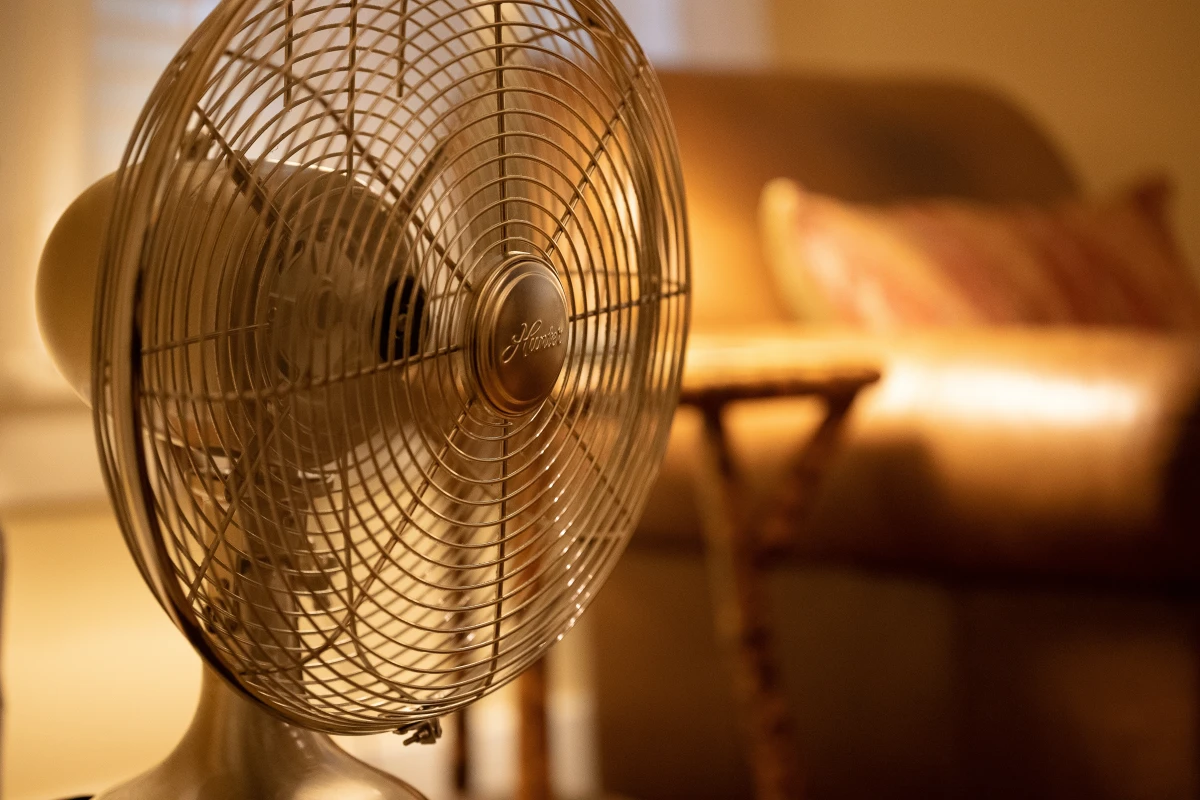
Know the Signs: Heat Exhaustion vs. Heatstroke
This is, without a doubt, the most important part of this guide. Knowing the difference here can literally save a life. Think of yourself as the first responder.
Heat Exhaustion: The Big Warning Sign
This is your body screaming that its cooling system is failing. The person is still sweating, usually a lot.
Look for: Heavy sweating; cool, pale, clammy skin; weakness or dizziness; a headache; nausea; and a fast, weak pulse.
What to do: Move them into the shade or AC immediately. Loosen their clothing. Apply cool, wet cloths to their skin and fan them. Have them sip water slowly. If they don’t improve in about 30 minutes or get worse, it’s time to call for medical help.
Heatstroke: A True Medical Emergency
This is a life-threatening failure of the body’s thermostat. The internal temperature is dangerously high, and they may have stopped sweating entirely.
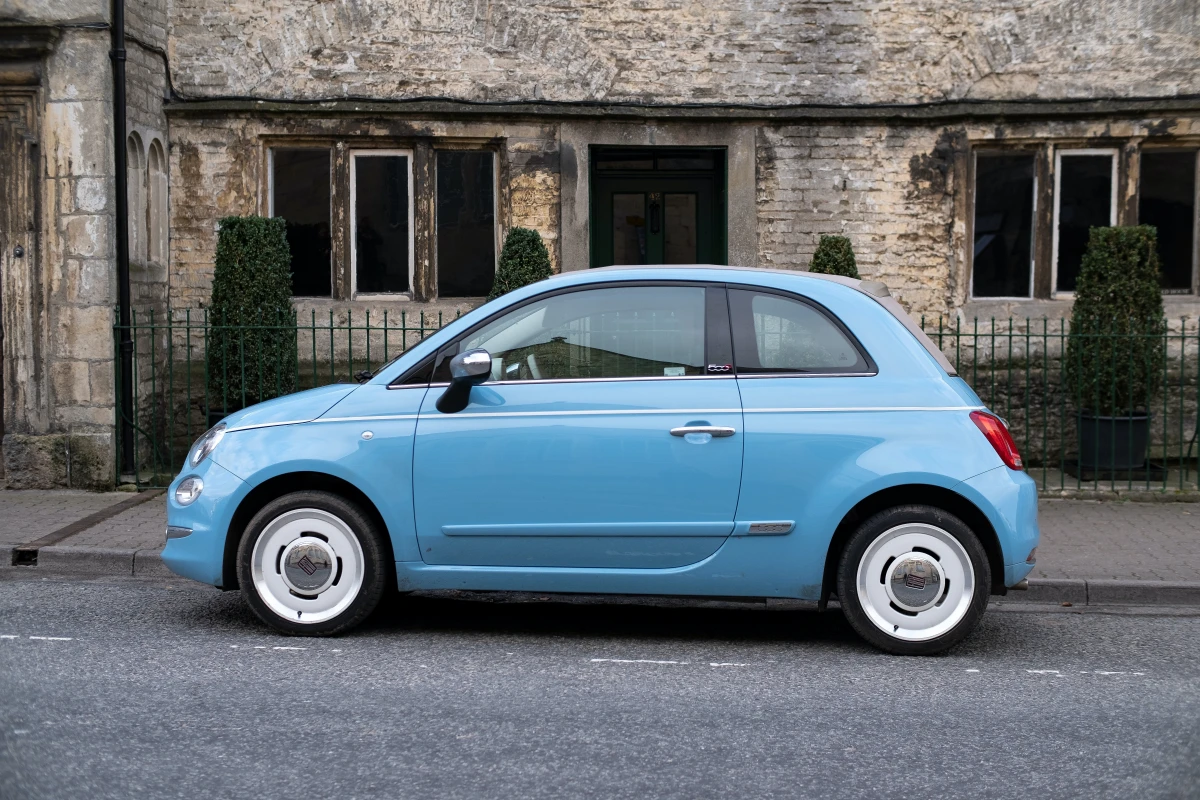
Look for: An extremely high body temperature; hot, red skin (which could be dry or moist); a rapid, strong pulse; confusion or strange behavior; and potential seizures or loss of consciousness.
What to do: CALL 911 IMMEDIATELY. This is not optional. While waiting for help, cool them down aggressively. Move them to a cooler spot. A cool shower or dousing them with a hose is best. If not, apply ice packs or cold towels to the neck, armpits, and groin where major arteries are close to the surface. Do not give them anything to drink, as they could choke.
A Few Final, Critical Things to Remember
Some People Are More at Risk: Children, adults over 65, and people with chronic conditions like heart disease or diabetes are much more vulnerable. By the way, be extra careful if you’re on certain common medications like diuretics (water pills), some antihistamines, or certain blood pressure meds, as they can interfere with your body’s ability to regulate heat. Always check on elderly neighbors during a heatwave.
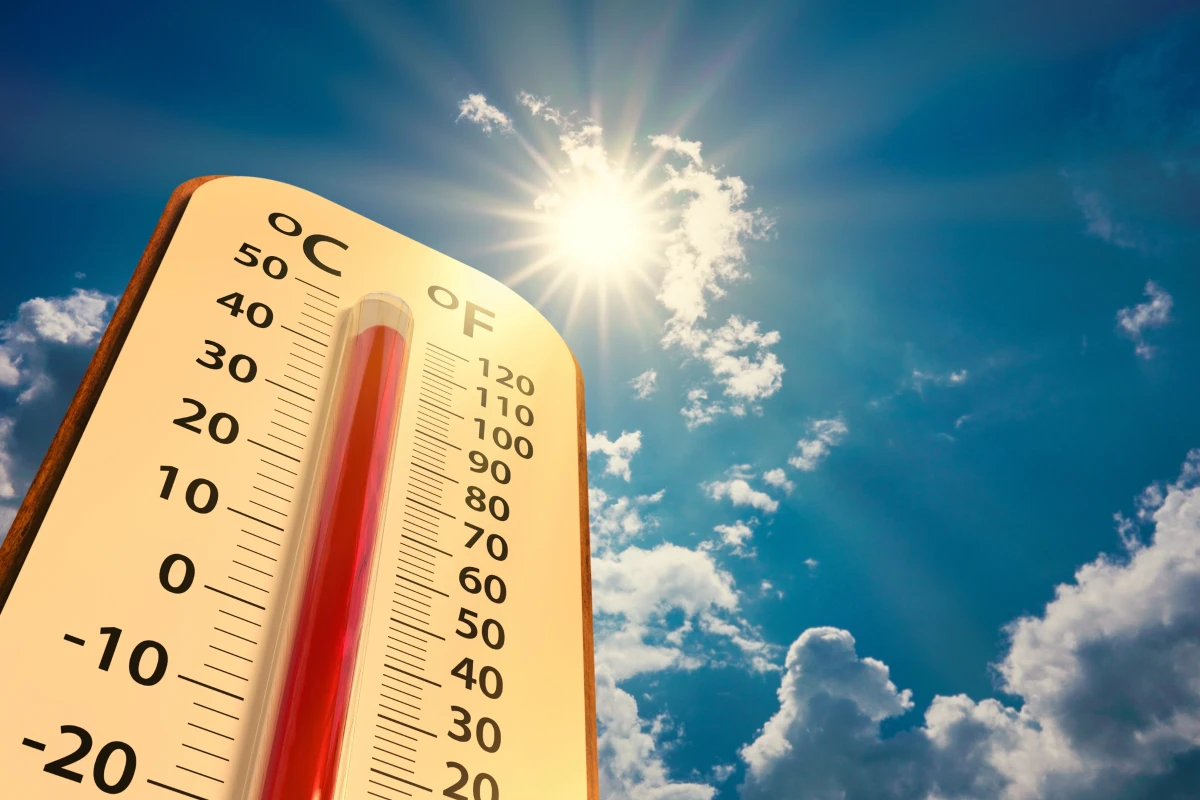
My Go-To Heat Kit: When I know I’ll be out for a while, I have a simple kit ready. It’s nothing fancy, just the essentials:
- A 32oz insulated water bottle
- A couple of electrolyte tabs (like Nuun)
- A salty snack, like pretzels or salted nuts
- My trusty UPF 50 long-sleeved shirt
- A wide-brimmed hat
- A small, lightweight cooling towel
Cars Are Ovens: A car’s internal temperature can skyrocket in minutes. Never, ever leave a child, a vulnerable person, or a pet in a parked car. Not even for a second. It’s just not worth the devastating risk.
And finally, the most important piece of advice is to be honest with yourself. There’s no shame in taking a break, canceling plans, or asking for help. Pride is a dangerous thing in the heat. Respect its power, plan ahead, and look out for one another. It’s a skill that will serve you well every single summer.
Inspirational Gallery
A mere 2% drop in body water can trigger fuzzy short-term memory, trouble with basic math, and difficulty focusing on a computer screen or printed page.
That statistic from a study in the Journal of the American College of Nutrition isn’t about athletes—it’s about everyday people. Before you even feel thirsty, mild dehydration can impair your cognitive function. This is why sipping water consistently throughout the day is more effective than chugging it only when thirst strikes. Your brain will thank you.
Can you really get a sunburn through your clothes?
Absolutely. A standard white cotton t-shirt has a UPF (Ultraviolet Protection Factor) of only about 5-7, and that number plummets when it gets wet. For reliable protection on scorching days, look for clothing with a dedicated UPF 50+ rating. Brands like Coolibar or Columbia’s Omni-Shade line use tightly woven synthetic fabrics specifically designed to block over 98% of UVA/UVB rays, giving you a wearable shield against the sun.
Electrolyte Powder: Packets like Liquid I.V. or DripDrop use a specific ratio of sodium, glucose, and potassium called Cellular Transport Technology (CTT) to hydrate you faster than water alone. They are compact and often lower in sugar.
Classic Sports Drink: Ready-to-drink options like Gatorade or Powerade are great for providing quick energy (carbohydrates) during intense activity, but can be high in sugar and less practical to carry.
For all-day heat management, powders are often a more efficient choice; save the sports drinks for your actual workout.
Forget cotton. In humid heat, it’s your worst enemy, acting like a sponge that holds sweat against your skin and stifles evaporation. Instead, think like a pro athlete. Opt for lightweight merino wool from brands like Smartwool or Icebreaker, which wicks moisture and regulates temperature, or choose technical synthetics (polyester/nylon blends) that pull sweat away from the body to keep you dry and cool.
- Start sweating sooner, at a lower body temperature.
- Produce more sweat to maximize cooling.
- Lose less salt in your sweat, conserving electrolytes.
The secret? Heat acclimatization. By gradually and safely exposing yourself to activity in the heat for 60-90 minutes a day over 10-14 days, you train your body to become a radically more efficient cooling machine. It’s a game-changer for anyone moving to a hotter climate or planning a summer adventure.
The critical mistake: Relying on thirst as your only hydration gauge. By the time you feel thirsty, you’re already dehydrated. A better strategy for a day in the sun is to monitor your urine color. Pale straw or light yellow means you’re well-hydrated. If it’s darker, like apple juice, it’s a clear sign you need to increase your fluid intake immediately.
Create a “cool-down kit” to keep in your car or backpack. It’s your first line of defense against overheating.
- A reusable cooling towel like those from Frogg Toggs.
- Electrolyte tablets or powder (Nuun, Hydralyte).
- An instant cold pack to activate and apply to the neck or groin.
- A small, refillable spray bottle for creating a fine mist on your face and arms.
The Bedouin peoples of deserts like the Sinai have long been observed wearing dark, loose-fitting robes. Counterintuitively, studies suggest the black color absorbs more heat on the outer layer, creating stronger air currents between the robe and the skin (a ‘bellows’ effect) that enhances cooling more effectively than reflective white clothing.
When you’re feeling the heat, your instinct might be to reach for an ice-cold drink. While it won’t cause shock like some myths suggest, chugging icy water can sometimes lead to stomach cramps as your body works to warm the fluid. The ideal solution is cool, not frigid, water. Sip it steadily rather than gulping it down for the most effective and comfortable rehydration.
For instant, low-cost relief, target your pulse points. These are areas where blood vessels are close to the skin’s surface. Running cold water over your wrists or placing a cool, damp bandana on your neck, temples, or inner elbows can help lower your body temperature much faster than just drinking water alone.










